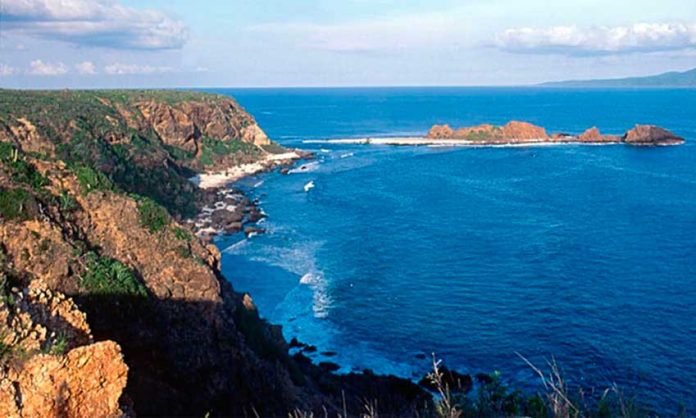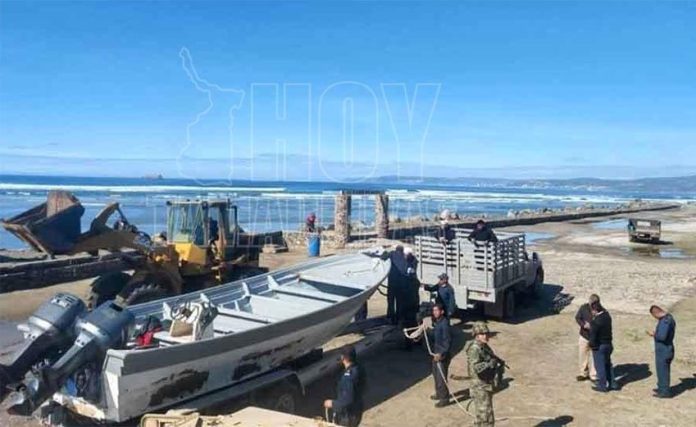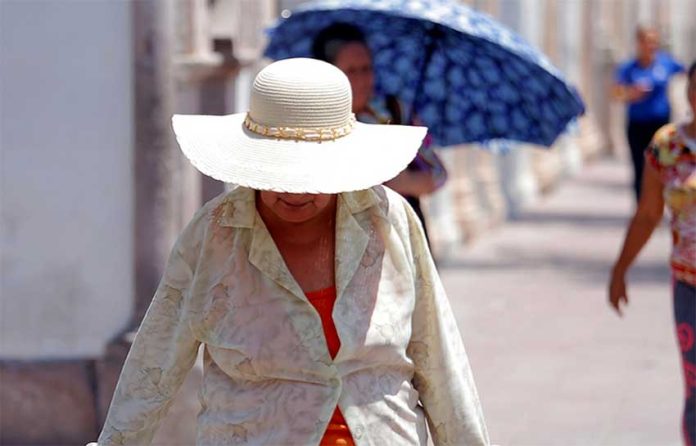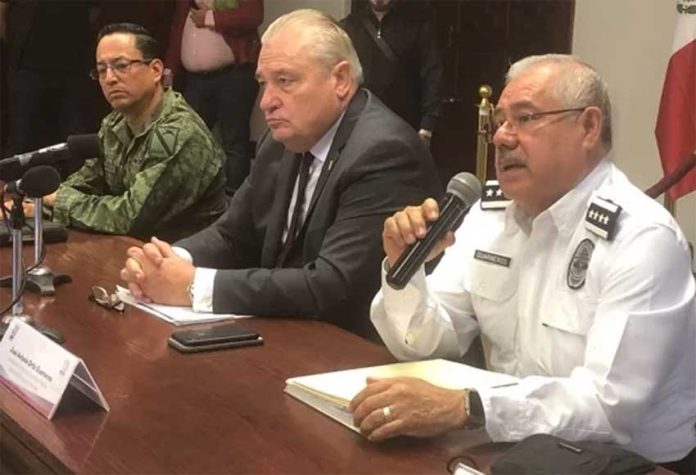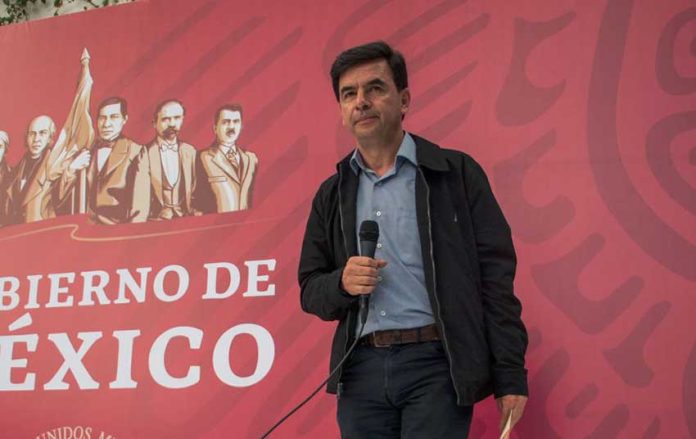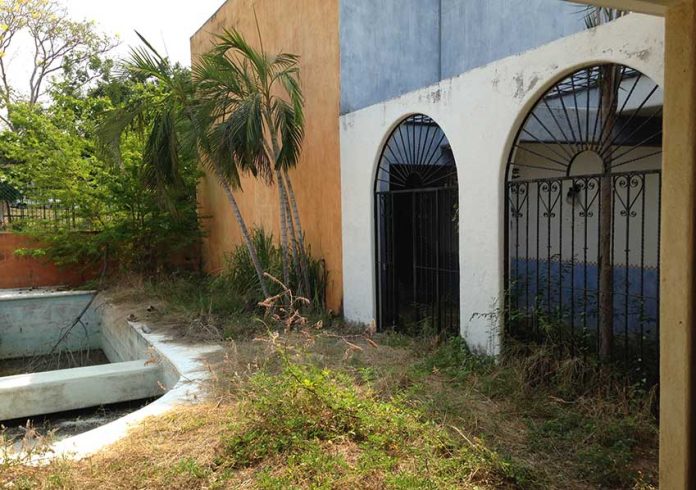The Captured Tourist Woman (TCTW) and I have recently concluded the very lengthy process of purchasing a home here in Mazatlán.
She said it was her dream Mexican house. Then she qualified her comment. In her dream, no building or remodeling was required. But she’s a realist, so she put aside such a ridiculous dream, and we moved forward.
Since the chosen abode had not been occupied for a number of years, and the corrosive air had been able to work its alchemy unchecked for perhaps a decade, the casa came with a fix-it list of epic proportions. In the five bathrooms, only one toilet worked, while water leaks sprouted from a new spot every few days.
One of the two electrical meters has such a riot of wires all around it, we have dubbed it the “New Delhi” meter. I could go on for pages.
And then there is the plan for a remodeling of the current two levels, and new construction of a third level along with a rooftop patio and casita above the new level.
We have resigned ourselves to a compartmental style of living as our planned renovation moves through the house. Along with this disruption, we will be living with concrete dust getting into everything over the next year; and I mean everything. But I always knew these things wouldn’t be the worst of what we would face.
Having dabbled for a number of years in construction here in México as well as conducting home inspections of Mexican-built houses, I know the quality of construction I want when we start our own project. Since TCTW spent her adult life as an attorney, she knows the type of contract she wants for her own peace of mind. Together we generated a paperwork package similar in size to a small-town phone book.
Early on in my residency, I learned that all Mexican businesses and institutions love paperwork, as they love their various colored stamps. So, my reasoning was that any prospective “contractor” would be happy with the voluminous package we provided detailing all aspects of our project: brightly colored plans, structural details, written specifications and ironclad contract. How could I have been so wrong?
Given the enormity of negative feedback about people’s experiences with assorted contractors and architects in the area, we narrowed our search to the minority we could find who had not been consistently and severely denigrated by disgruntled clients. The list was decimated by the elimination of the ones who would not return repeated phone calls or text messages.
There’s a building boom going on now here, and clearly many people don’t need work. Thus within a week or so the field had been narrowed down to just a few starters.
Undaunted, I set up a meeting with the first one of the remaining four on the list.
When I handed him our carefully crafted package, he was noticeably startled by its enormity as he began to rifle through the 30 some odd pages. When he got to the 15-page contract, his eyes glazed over as he slowly shook his head in dismay. In a combination of broken English and Spanish, he said “You do not need a builder, you need el brujo [thewizard].”
One out of four down.
The next man on our list listened while I explained the work we wanted to do, and said he would read the package that evening and get back to us. After several days of waiting for his response, I tried calling him a number of times without success. Of course, when I called him on a different phone, he didn’t recognize my number and he answered the call.
However, his comprehension of both English and my rough Spanish had magically deteriorated significantly since our first encounter. I’ve been in Mexico long enough to understand how such things work, so I simply thanked him for his time and ended the call.
Two out of four down. TCTW began to exhibit a nervous tic under her left eye. I tried to see it as attractive. That would be best for our relationship, I told myself.
Because we were looking for someone who had successfully completed a project for picky gringos, the list could never have been long in spite of the fact that we have been making wide inquires in the almost two years since we first began to negotiate to undertake the property purchase. A late inclusion appeared, however, when one person recommended a father and son team who had completed two projects for her without any major problems.
When the father and son arrived, I held back all the paperwork. A new approach might be rewarding. Instead I started by showing them the exterior walls of the house — the moderate number of cracks from both age and some rusting reinforcing steel at the corners. I explained I wanted the bad plaster removed and the corresponding area patched, while leaving the good plaster in place. Then the entire wall would receive a final coat of colored plaster.
The older man looked at me with a straight face. “How do I know the difference between the good plaster and the bad plaster?” he asked. For the briefest of moments, I wondered if my reality TV-producing neighbor had made me the victim of some cruel prank which included a hidden camera to record my incredulous response to this absurd question.
But regrettably it was a serious question. From a man who had allegedly spent his life as an albañil (mason)! Calmly, I pulled out my trusty Swiss Army tool, and began to tap on the wall around an obvious crack, and then moved to an uncracked area and continued to tap. I gently articulated that the area around the crack emitted a distinct hollow sound while the uncracked area sounded — well, solid.
At this point, both the father and the son enthusiastically assured me that they could be relied on to remove all the plaster, even though the solid areas would be more work and would require the rental of a roto-hammer.
My years in Mexico have imparted a sense of restraint and cultural understanding I never possessed in my life north of the border. So, once again while I looked around for the hidden camera, I wondered if they were just joking with me. Reaching deep to find my empathy, I looked into his liquid brown eyes to see his sincerity in only wanting to please the ignorant gringo. I suggested we move on.
We then took a look at removing a balcony which has been losing a continuous fight with gravity for god knows how many years. Fortunately the chunks of concrete which occasionally sluff off do not impact on public property.
Here in Mexico, disassembling any type of structure with a sledge hammer needs no words of explanation. After examining the deteriorating balcony the older albañil wrapped up our meeting with the promise of generating prices for the work discussed, which of course never materialized.
It seems our main obstacle in finding a competent builder lies in attempting to bring first-world methods and materials into a culture mired in a third-world mind set. My next column will track our continuing endeavors in our search for a builder or wizard, whichever comes first.
The writer describes himself as a very middle-aged man who lives full-time in Mazatlán with a captured tourist woman and the ghost of a half wild dog. He can be reached at [email protected].
